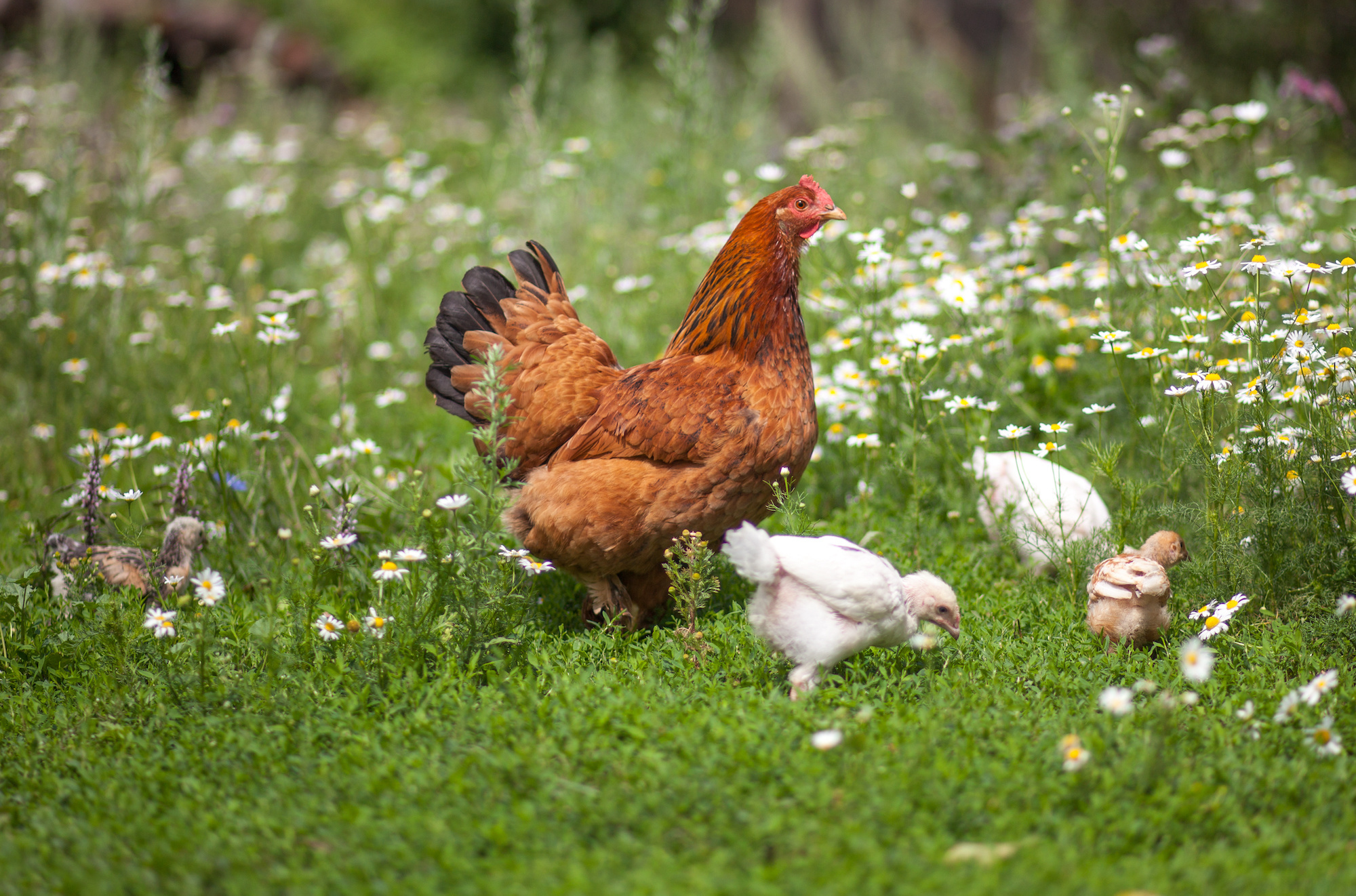The farm hen or laying hen

The farm hen is the most widespread. It is known to be an excellent layer. It is also called the red hen or simply the laying hen. It is not a pure breed, as it is the result of hybridization. Most often, it is the result of a cross between the Red Cornish, the Sussex or the Rhode Island. Its early sexual maturity allows it to lay many eggs throughout its life. From the 20th week, she can begin production.
History
The free-range hen originated in the United States, but over the years has been exported around the world. This rustic layer is often used in the representation of chickens. As a result, it is sometimes found in children's books or even in some cartoons. In the retail sector, she can also be found on egg cartons. She is mainly known as a layer, but not for the production of meat.
Appearance
The free-range chicken is small and weighs only between 2 and 2.5 kg. Their plumage is usually reddish, but can change a little depending on the variety. Some farm hens have black or white feathers on some parts of their body, but mostly on their tail.

Character and behaviour
The laying hen is known and appreciated for its gentleness and sociability. She is hardy and docile. Intelligent, she is able to communicate with humans, because she understands some words. She is very endearing and likes contact. In addition to being the star of the henhouse, this animal sometimes behaves like a dog and follows its breeder everywhere. It likes to be stroked and is more attractive to children than other breeds of hens, some of which are more aggressive.
The farm hen adapts easily to its environment. Each year, it can lay more than 250 eggs. If their living conditions allow it, they can produce more than 300 eggs, and when they are red-haired, an egg can weigh 70 grams. Some are good brooders, but others are not so good.

Its maintenance
As for her gestation period, it is 21 days. She is a very good choice for those who are new to laying hens. She is easy to care for, as she can eat leftovers, but also wheat, corn, rape, sunflower and wheat. It does not eat a lot either, as only 150 grams of food can be more than enough for it.
As far as its inhabitant is concerned, this gallinaceous bird must be clean and temperate. Light also helps it to produce more eggs. It should live in the open air and have clean as well as accessible bedding. But the presence of a grassy area where she can walk and peck is recommended in the barnyard.

Health
The farm hen has a life expectancy of 4 to 5 years. It does not require any particular care. But annual worming is essential. Preferably, this should be done during the spring period.


Comments
Be the first to comment...